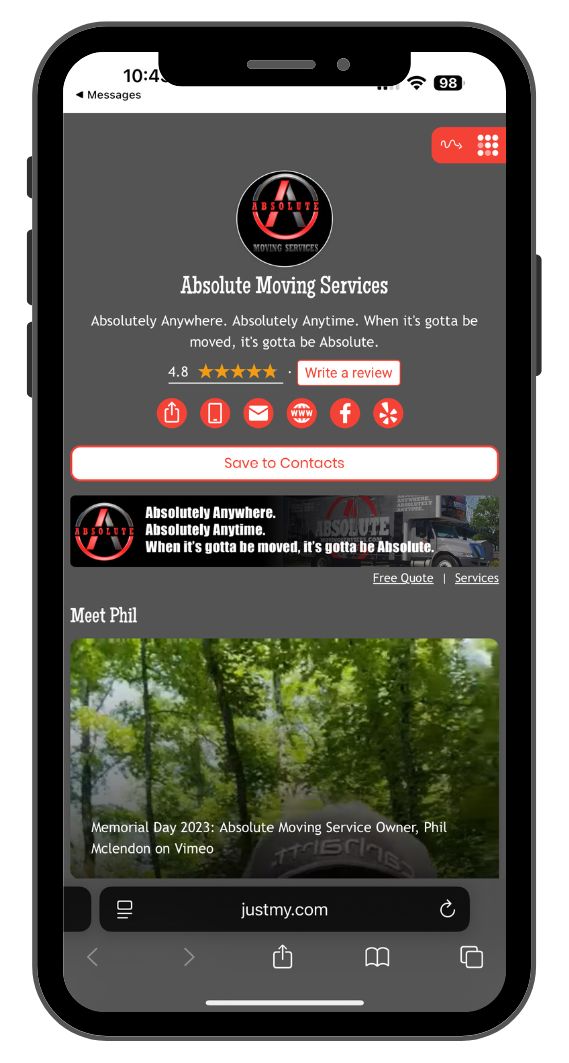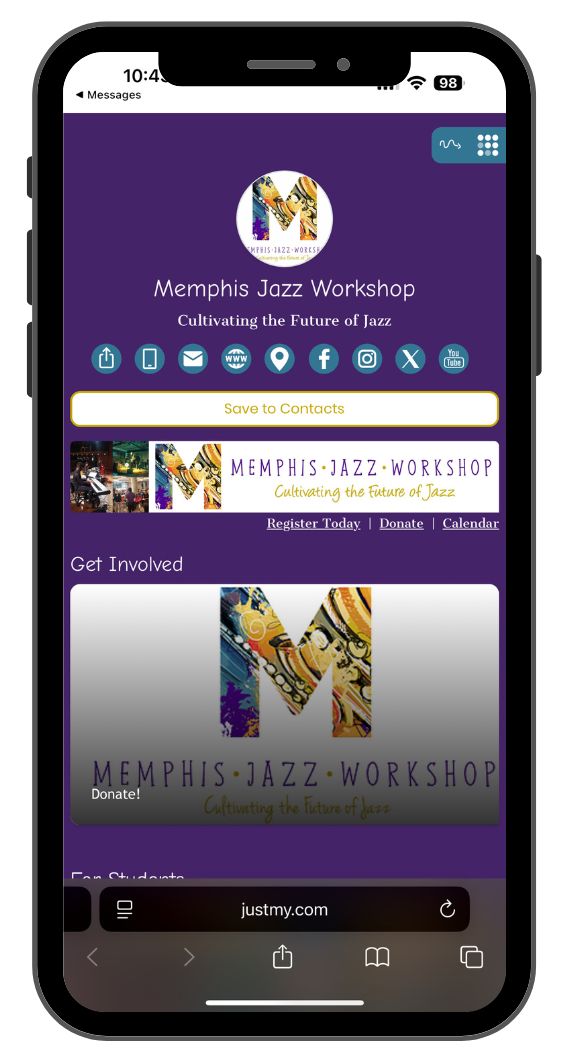

Stabilizing MATA and optimizing it's network, for taxpayer benefit, remains a public priority. Given this need, no basis exists for increased RECURRING funding for fixed route buses. At the same time, a ONE-TIME $10M funding need exists for MATA stabilization, ideally funded by the Sports Authority and a recurring $2.5M MLGW public relations opportunity exists for funding the electrical steel railed trolley. Both the Sports Authority and MLGW are bunkering significant amounts of public cash.
Meanwhile, there is no accountability in the local system for optimizing public transit for taxpayer benefit. “Activists” are screaming for $15M more in annual RECURRING funding, without a data informed basis, for fixed bus routes, while not demanding accountability in the forensic audit, rejecting on demand and not identifying a funding source for increased recurring funding, 2) The Emily Greer led MATA Board is concealing public records, as well as botching reporting and 3) During FY26 budget proceedings, the Ford Canale Chaired City Council refused to evaluate $4.25M in FY26 Transpro executive management services for MATA, while still lacking a methodology for evaluating the FY26 MATA budget. The Council use of the Federal Transit Database (FTD) could provide the Council with a methodology to inform MATA budget evaluation.
The MATA Board and Memphis City Council should adopt the Federal Transit Database (FTD) to inform MATA budget decision-making with budget allocations on a per transit mode basis in bus, on demand and trolley.
More public funding alone, without accountability, only drives taxes higher. The reason for this MATA discussion now is that the FY26 MATA budget has yet to be approved by the Memphis City Council. Today, there only exists a basis for slashing MATA RECURRING bus operating funding through eliminated bus routes, accompanied by the need for a ONE-TIME stabilization injection of increased funding for MATA accounts payable. In this way, MATA's Transpro would need rigorous oversight in their use of the one-time funding.
Why? At the last May MATA Board Meeting, when asked for a CEO report, Transpro’s CEO, John Lewis did not even try to give a report. And the MATA financial reports, after the departure of MATA interim CFO Hamish Davidson, coming out of Dana Pointer’s Chaired Finance Committee, are grossly deficient and unaligned to modes of public transit service in bus, on-demand, and trolley.
Since the MATA full executive Transpro takeover, and the departure of Bacarra Mauldin and Hamish Davidson, ridership data is non-existent and financial reporting quality, unaligned to modes of service, has plummeted. To get an idea of Pointer’s Finance Committee’s poor detail in budgeting, presumably produced by Transpro executives, see last pdf page. The non-existence of MATA current ridership data and deficient financial reporting quality are a disservice to the MATA Board, City Council and public at large.
And sadly without evaluaton, the Canale led Memphis City Council recently approved an FY26 budget that contained $4.25M for Transpro services, up from $1.3M in FY25. Formerly, this blog trumpeted the work of Transpro and the new MATA Board but not anymore.
Transpro has delivered nothing, besides publicly blaming former interim CEO Bacarra Mauldin for the MATA public ripoff that preceded her, during Greater Memphis Chamber supported Gary Rosenfeld’s leadership tenure.
When evaluating the MATA budget, Councilors should also evaluate Transpro deliverables and staffing levels for $4.25M and if the amount is included in FY26 MATA budget salaries. If not, MATA is really getting $34.25M in FY26 local funding, more than the $30M commonly cited.

In short, optimizing and stabilizing MATA, for maximum taxpayer benefit, involves MATA paying off current bills, cutting bus routes, expanding on demand relaunching the real Main Street Trolley and MATA answering public information requests and producing acceptable public documentation for taxpayer consumption.
The above FY23 table, for fixed bus routes, queried from the Federal Transit Database (FTD) underscores no basis for increasing MATA bus RECURRING operating funding.
The queried results reveal the need to slash Memphis’ recurring fixed bus route operating funding, based on cities with both a 200-300 sq mile service area and 2M-3.5M in annual ridership. This dataset also reveals the MATA public ripoff, with Memphis having the highest operating funding of the group and a botched transit system.
Based on the above table, 1 million or 50% more Memphis bus riders annually would be needed to justify any increase, from current local levels, for bus operating funding. Otherwise, recurring bus operating funding should be slashed in the FY26 MATA budget by 30%, while being offset by one-time stabilization funding. Any increase in recurring bus funding should be viewed as a public scam.
Further investigation reveals that MATA has just too many bus routes, at 23 for the 2.2M passengers that MATA transports. For example, New Bedford, MA has 14 routes transporting 2.3M, Oklahoma City has 20 routes transporting 2.6M and Omaha has 25 routes transporting 3.2M. Given this analysis, MATA needs to eliminate, at a minimum, 6 fixed bus routes. Routes carrying less than 10-15 passengers, per hour, are publicly unsustainable and underserve taxpayers.
Is there a data supported basis for increasing MATA funding? Sure there is, but only ONE-TIME funds to help MATA stabilize and recover from their Transpro cited public ripoff. An example of a one-time funding would be to pay off MATA’s outstanding invoices, which would be about $10M, as of 4/15/25.
But increased MATA RECURRING bus funding is not in order, after MATA bus ridership has imploded by 60% since COVID and has less ridership than Knoxville TN, which is ½ the size of Memphis.
Is there a basis for increased recurring on-demand funding? Sure there is, contingent upon first cutting inefficient bus routes and funding increased on demand with savings from decreased bus operating costs. Per the Taxpayer Justice Institute, on-demand transit is a bright spot with Memphis having the lowest cost per trip for the peer group at $31. That cost will be far below the trip costs of many local fixed bus routes.
Is there a basis for increased recurring trolley funding? Sure there is, provided that the City Council does not want those fake dopey rubber wheeled trollies. In FY23, the Main Street steel railed trolley was the City’s most popular fixed route with 359K passengers, at a cost of $4.6M. Given the trolley’s ambience and popularity, $4.6M is not bad. But given the state of local public transit that $4.6M cost would need to be evaluated against the rubber wheel trolley.
Seems like Doug McGowen, Ursala Madden and the MLGW Board of Commissioners might be open to an awesome public relations move by having MLGW underwrite $2.5M of the annually recurring operational cost of the electrically powered steel railed Trolley. So, what is the solution?
The coming forensic audit will hopefully tell us who is locally responsible for and benefitted from the past MATA public ripoff. Then there are the "activists" and MATA Board who should each own identifying and publicly lobbying for $10M in One Time bailout funds and $2.5M in recurring trolley funds. Again the Sports Authority and MLGW are both bunkering massive amounts of public cash.
Next, the Federal Transit Database (FTD) will enable the Memphis City Council to optimize MATA’s future public net benefit for taxpayers. In this way, the Council should evaluate the MATA budget and allocate funding on a per transit mode basis with budget decisions informed by the FTD.
Given the former, Ford Canale's Council currently has no methodology for evaluating the MATA budget. To the Councilors, as transit non-subject matter experts, the MATA budget is Greek much like the MLGW budget. Without standardized supportive aids, such as the FTD, Councilors are in the dark and cannot critically evaluate the MATA or MLGW budget for that matter.
The Memphis City Council should use the FTD to benchmark average trip costs vs Memphis peer cities as well as those with similar service areas and ridership. Additionally, as opposed to a $15 or $30M lump sum MATA allocation, the Council should allocate recurring operating funding individually for each of MATA’s 3 modes of service in Bus, On Demand and Trolley.
This form of budget allocation would align with how the FTD compiles the data, away from a lump sum allocation, with Council budget allocations on a per transit mode basis. In this way, the MATA Board, Council, and public are better informed on public transit and the benefits of each mode of transit service. The Council should demand that MATA present a detailed operating budget aligned to their 3 modes of transit service in Bus, On-demand, and Trolley.
The historic lump sum MATA funding allocation fails to provide the public with an adequate view of public transit funding, while enabling the Council and MATA to proceed business as usual. Again, the Council should evaluate the MATA budget and allocate funding on a per transit mode basis with budgeting informed by the Federal Transit Database.
NOTE: MATA Outstanding Public Information Requests for 1 yr for Joe B. Kent
AllWorld contract(s)
ERP RFP, contracts, and distributions
Ridership and operating costs by individual bus route

Put your business in front of thousands of LOCALS! Create your free listing on the NewsSTAND and update your profile anytime to share the latest info, specials, and contact details.

Got a story to Share? Pitch your idea or write an article for the NewsSTAND! Join us in highlighting the positive and powerful moments that make our city shine.

We’re passionate about working together to amplify our City. Reach out to the NewsSTAND team to explore collaboration opportunities and make a difference in our community.
Hover over each card to unlock the full story and see what you’re about to get!







